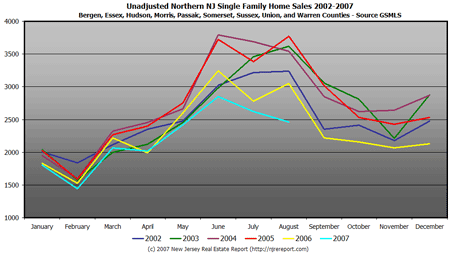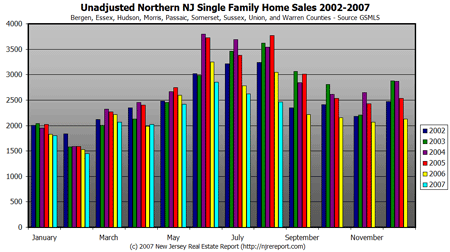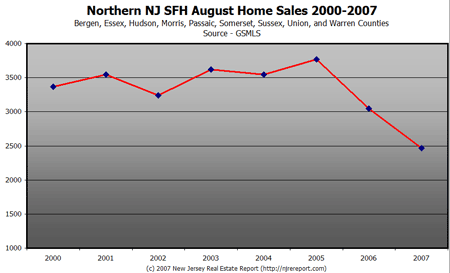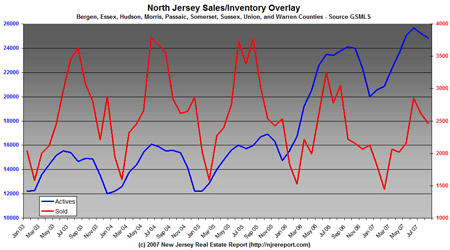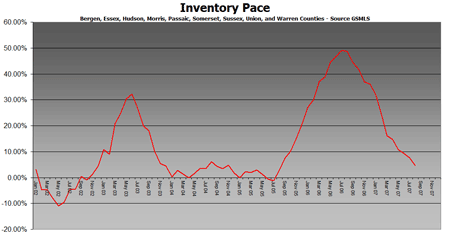The pain from higher borrowing costs may be spreading as consumers and businesses follow investors in shying away from risk, increasing the odds of a recession.
“While there is no basis for predicting a recession right now, the risks have surely gone up,” says former Treasury Secretary Lawrence Summers, now a professor at Harvard University in Cambridge, Massachusetts. “The combination of softness in the housing sector, contractions in credit, increased uncertainty and volatility, and losses in wealth make the chances significantly greater now.”
Economists at JPMorgan Chase & Co., Lehman Brothers Holdings Inc. and Merrill Lynch & Co. are among those lowering economic forecasts as the rising cost of credit prolongs the worst housing recession in 16 years. Now, two areas of the economy that have held up well so far, jobs and consumer spending, no longer appear immune to the fallout.
Already, the financial turmoil has put a dent in consumer and business confidence, according to surveys taken in August. Wal-Mart Stores Inc., the world’s largest retailer, lowered its earnings forecast for this year. Financial-services companies including Atlanta-based SunTrust Banks Inc. announced plans to eliminate thousands of jobs.
Though reports show a strong start to this year’s third quarter, economists will be watching this week for U.S. auto sales and August employment to see whether spending and the job market might follow housing into a slump.
…
“I think there’s a significant risk of recession now,” says Martin Feldstein, president of the National Bureau of Economic Research, the unofficial arbiter of when recessions begin and end. “The consumer will be spending less. The most recent consumer confidence numbers are down. That’s going to be reinforced by everything happening in the housing market.”
Americans have “pulled back on buying big-ticket items; and pulling back means that unless there is a rate cut, you will have a recession,” Michael Jackson, chief executive officer of AutoNation Inc., said in an interview Aug. 29. AutoNation, based in Fort Lauderdale, Florida, is the largest U.S. auto retailer.
The pace of car and truck sales in the U.S. has dropped for seven consecutive months, the biggest string of declines in at least 31 years, according to data compiled by Bloomberg. Economists forecast little change for August when car makers report sales figures today.
…
The pressure on consumers may increase if jobs become harder to get. First-time applications for jobless benefits have risen for five straight weeks, the longest streak since May last year.
“Employers are turning more cautious about taking on workers,” says Steven Director, a professor at the School of Management and Labor Relations at Rutgers University in New Brunswick, New Jersey. “The jobs market is softening.”
Payroll growth may slow in September to 50,000 jobs from more than 100,000 in August as businesses pull back on hiring, according to Kurt Karl, chief U.S. economist at Swiss Reinsurance, the world’s largest reinsurer, in New York.

